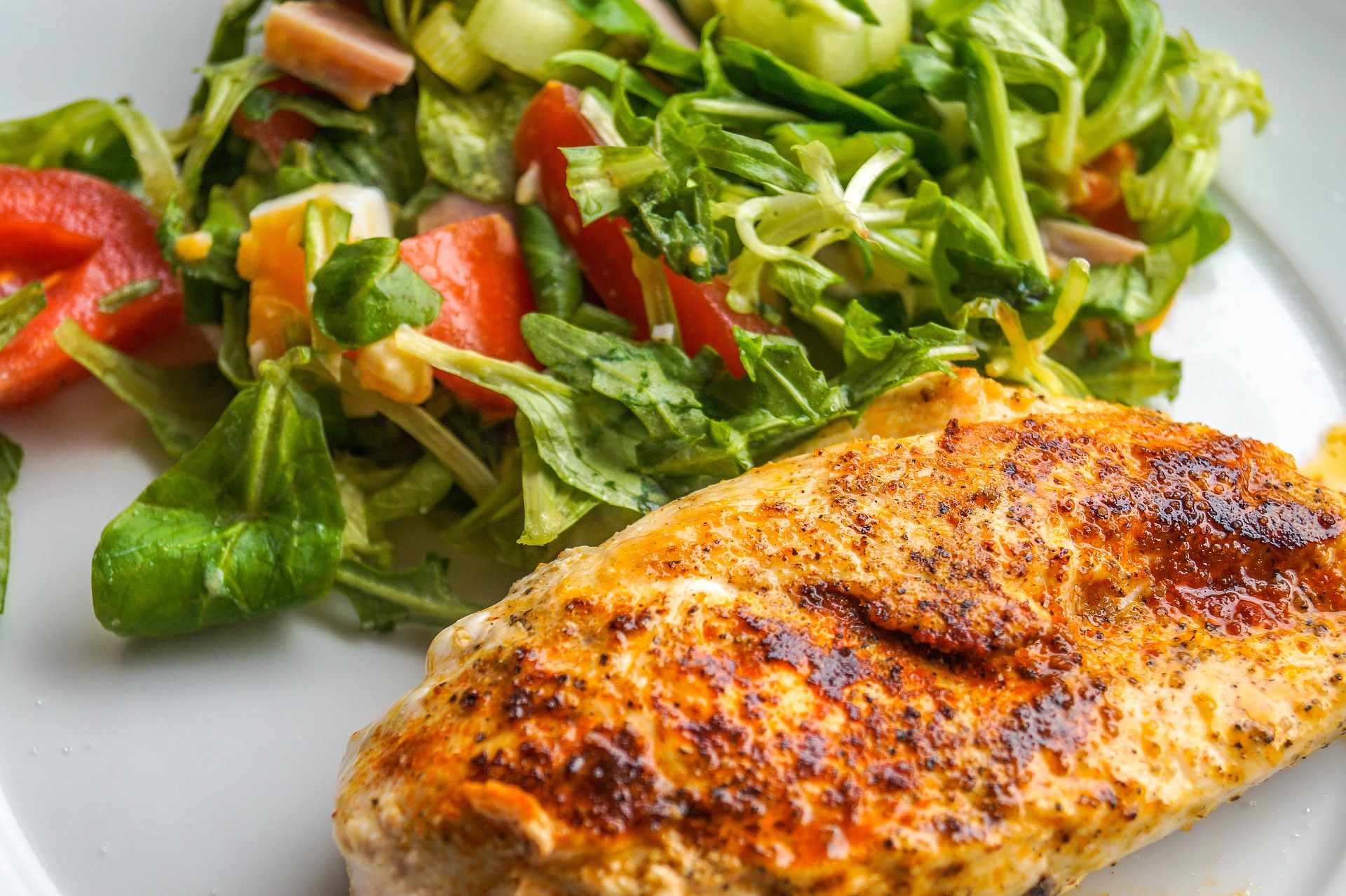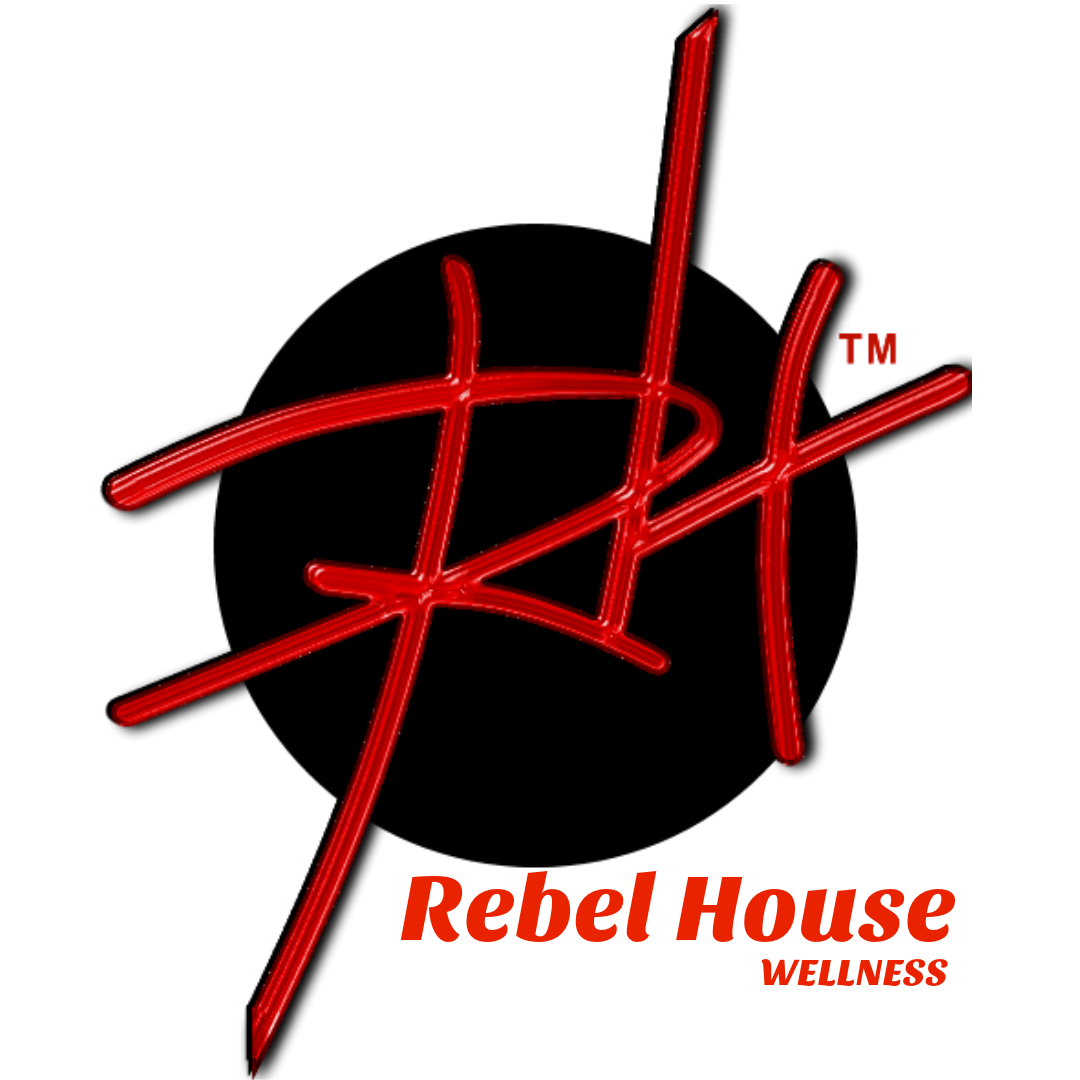I was recently asked about why I “think” that meat is a better source of lysine and zinc, than other high-protein foods like nuts, seeds, and legumes/beans.

Why meat/fish is a better source of lysine than other high-protein foods:
Lysine, arginine, and other amino acids, are essentially what protein is made of. Protein is not ONE thing, it’s many things, many amino acids. Different foods, and different types of foods, have different ratios of these amino acids. The human body, like the bodies of other mammals, requires a higher amount of lysine than arginine. A basic google search for the lysine/arginine content of foods will turn up the same result, every time.
Here is ONE, of many, sites for lysine/arginine content of various nuts, grains, and seeds. Here is one, of many, sites for lysine/arginine content of various meats. There are several research studies that I’ve come across with such information also. These links only compare the amount of lysine in the food to the amount of arginine.
Every time, you’ll see that nuts, grains, seeds, and some beans/legumes, have much lower lysine than arginine (often, nearly a 1:2 or 1:3, ratio), and meats and dairy will always show the opposite. With eggs, it’s almost about a 1:1, overall, because the yolk and the white are often measured separately and their ratios are different, but when you put it together, it’s about a 1:1.
Why does it matter? lysine (an essential amino acid, which can only be obtained from food) and arginine (a ‘non-essential’ amino acid, which the human body can make on its own) are 2 different amino acids that compete for the same receptors. Sooo, when one is in more abundant supply than the other, the probability of the other getting to connect to a receptor is very low.
Often, various nuts, grains, and seeds are promoted as ‘good sources’ of lysine. grains include wheat (think bread, pasta, cookies, cake), rice, quinoa, oats, etc. Such statements are always based solely on the amount of lysine the food contains, and doesn’t take into account the arginine amounts, which would give a better picture of actual bioavailability of the lysine.
THIS is one reason why the fragmented information and thinking process rampant in the education system, in allopathy, and even among many natural health practitioners, needs to be acknowledged and corrected. Nothing in the body works alone. Even my basic explanation discussing arginine and lysine doesn’t give the full picture, but it certainly does clarify things. I’d have to literally write a book (or several) to break down every single aspect.
Why meat is a better source of zinc than other high-protein foods:
Again, nuts, grains, seeds are often promoted as great sources of zinc. Perhaps they are, for other beings. Perhaps they rock for squirrels. For YOU, they suck… badly.
When eating a meal that contains grains/nuts/seeds, the first challenge with zinc bioavailability is the higher ratio of copper to zinc in nuts/grains/seeds. They tend to contain far more copper (again, a basic google search, to compare various foods, will show this, as will several research studies regarding certain foods). Commonly, a diet that is high in these foods, is one that leads to zinc insufficiency or deficiency and copper toxicity (yes, these nutrients become toxic when out of balance in the body).
The second challenge with zinc availability is absorption in the stomach. The purpose of grains/nuts/seeds (technically, all are seeds) is to become a plant/tree. They house nutrients, like copper and zinc, which they release at certain times AFTER germination (which typically occurs when the seed is planted and watered).
The chemical that holds these nutrients at bay until germination is called phytic acid, or phytate. Tricks like soaking, sprouting, and fermenting can get the seeds to release another chemical called phytase (depending on how much phrase the food contains) which begins the process of breaking down phytic acid, to help make the nutrients more bioavailable to the consumer. However, it’s not really possible to completely get rid of the phytic acid (aka ‘anti-nutrient’), so you still can’t fully access the nutrients.
In addition to all that has already been said, the average lifestyle in this ‘civilized’ society, is one of high stress (mental and/or physical), which the body responds to by automatically eliminating or excessively using up several nutrients, including magnesium, zinc, lysine, vitamin C, and vitamin D, to name a few. Therefore, it’s even more important to have higher amounts of these nutrients, so bioavailability is of extreme importance.
Please know that various types of meats are excellent sources for far more bioavailable nutrients than just zinc and lysine. In general, I suggest a diet that is about 50-70% vegetables and fruits, moderate amounts of various meats/fish, and very low in grains/nuts/seeds.
Beans and legumes also have phytic acid (pressure cooking them is a great way to significantly reduce phytate), but certain ones actually have beneficial ratios of lysine to arginine. Chickpeas, black eyed peas, and some others aren’t well balanced. Some of the best are black beans, navy beans, northern beans, red beans, pinto beans, and lima beans. So, I’m in favor of including them in meals a few days a week.
